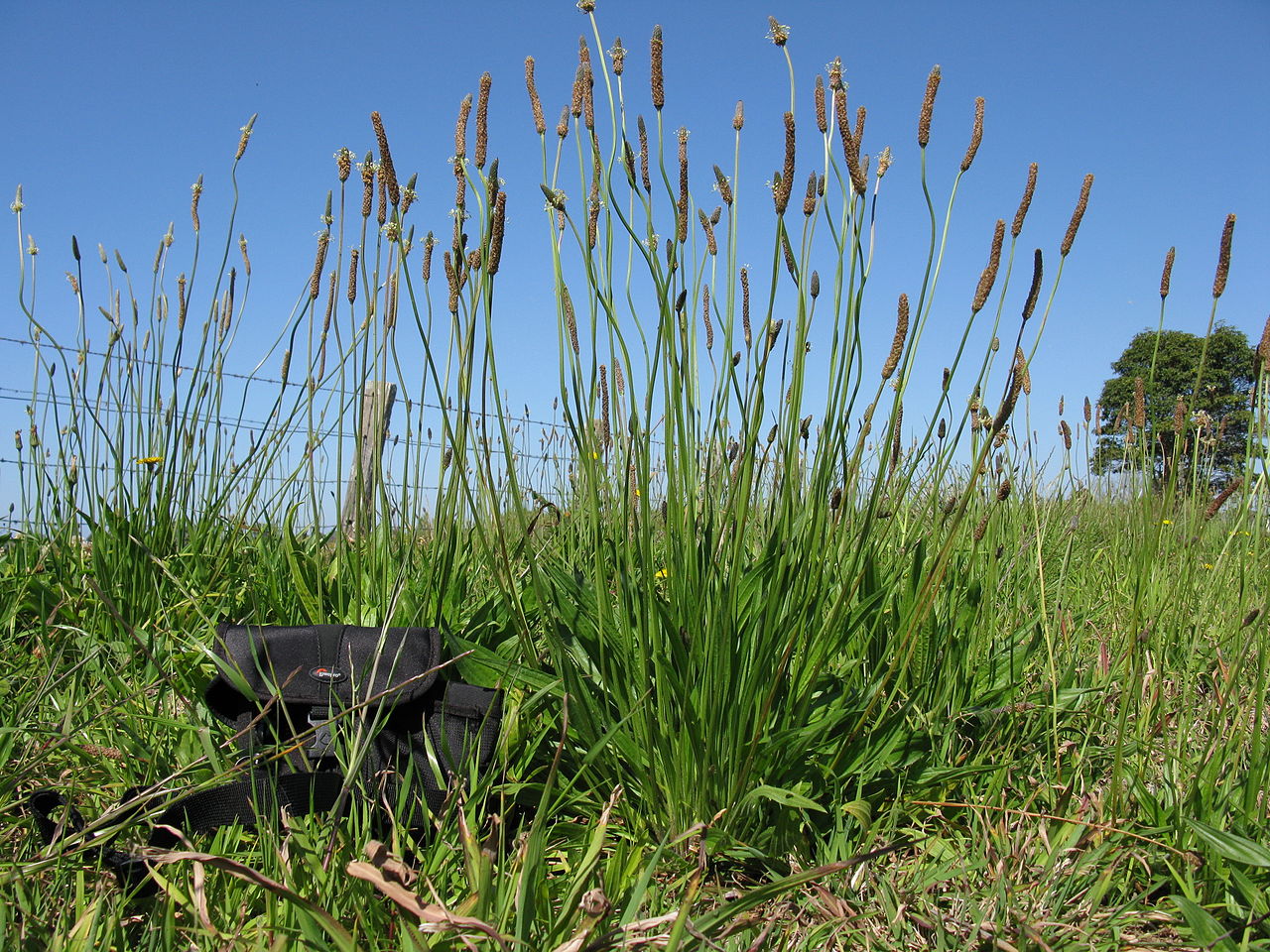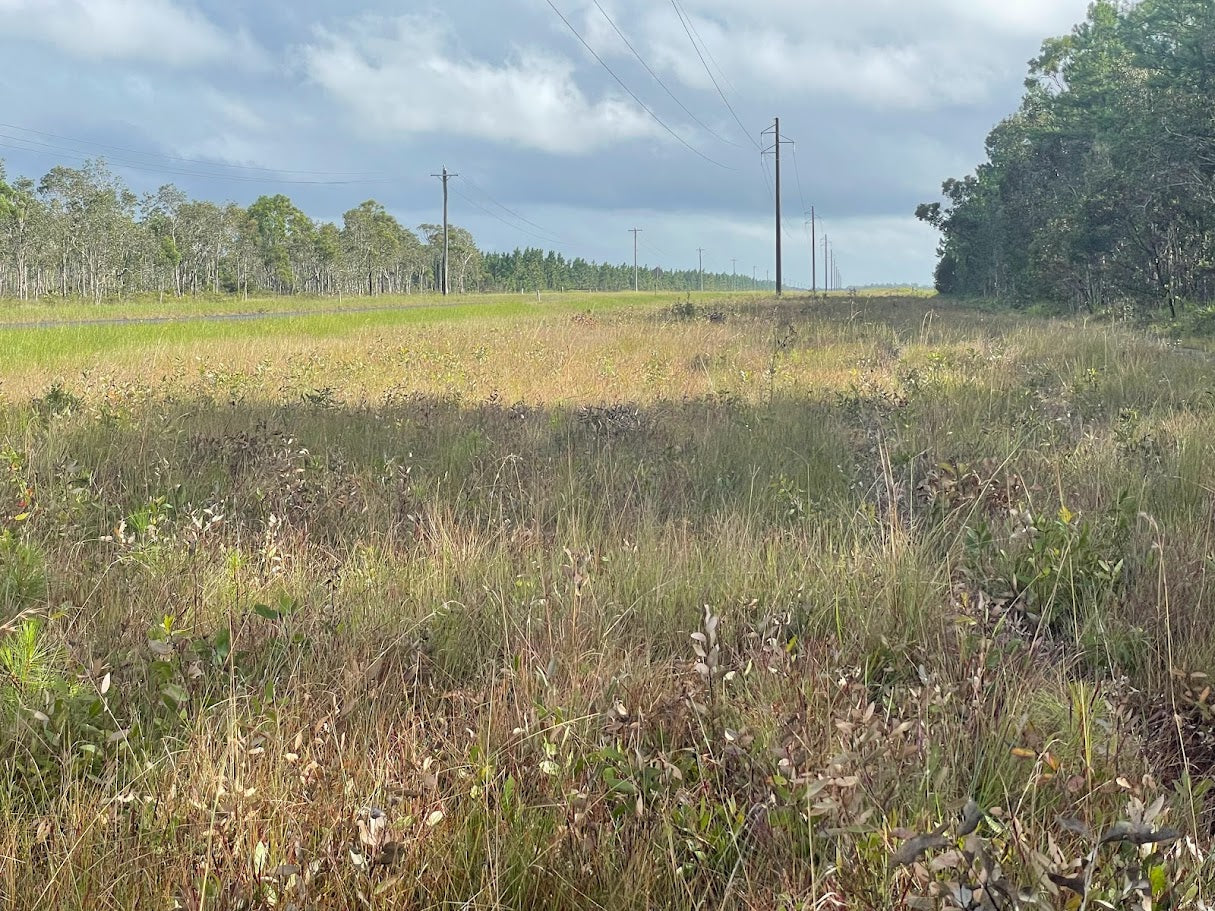
Addressing the challenge of herbicide-resistant weeds
Australia faces significant challenges related to herbicide-resistant weeds, which have become increasingly widespread in agricultural and environmental settings. To address this issue, Australian researchers, farmers, and policy makers are actively implementing strategies and exploring innovative solutions. Here's how Australia is tackling the challenge of herbicide-resistant weeds and some emerging innovations in this area:
Integrated Weed Management (IWM):
Australia has been a proponent of IWM, which combines multiple weed control methods to reduce reliance on herbicides. This approach includes practices like crop rotation, cover cropping, and mechanical weed control. IWM aims to disrupt weed life cycles and minimise selection pressure on herbicides.
Herbicide Rotation:
Each herbicide belongs to a specific group. The group bases itself on its mode of action, which refers to how the herbicide controls the weeds. Rotation between different herbicide groups will avoid weeds becoming resistant. The herbicide group can be found on the product label.
Including herbicide rotation into management practices will prolong the effectiveness of herbicides. We can also mitigate the development of herbicide-resistant weeds, ultimately ensuring sustainable weed control.
We promote strategies like the "3 Rs" (Rotate, Rotate, Rotate) to ensure diversity in herbicide use.
Precision Agriculture:
Precision agriculture technologies, including GPS-guided equipment and sensors, enable farmers to precisely target areas where herbicides are needed. By mapping where weeds are and how many there are, we can use herbicides only on the areas with resistant weeds.
The targeted and efficient use of herbicides through precision agriculture practices helps to sustainably control weeds. It also safeguards the long-term effectiveness of herbicide-based weed management strategies.
Bioherbicides:
Research is ongoing into the development of bioherbicides. Living organisms, including fungi, bacteria, and viruses, can produce these herbicides. Researchers identify specific compounds that can effectively target and control weeds and lead to the creation of a bioherbicide.
Research is ongoing to optimise their effectiveness, stability, and application methods. Ensuring their safety for non-target species and the environment is also important.
Bioherbicides offer an eco-friendly alternative to chemical herbicides. Unlike synthetic chemical herbicides, bioherbicides generally have lower toxicity levels and have a reduced impact on the environment. They can help manage resistant weeds by providing an alternative mode of action.
Robotics and Automation:
The use of robotics and automation in controlling weeds is gaining traction. This approach deploys autonomous machines equipped with sophisticated cameras and AI algorithms. The technology will enable them to identify and eliminate weeds with remarkable precision.
As technology continues to evolve, there's potential for further advancements in robotics and AI in weed control. Future versions of these systems might become even more capable of identifying and managing weeds.
Herbicide-Tolerant Crops:
Researchers are developing herbicide-tolerant crop varieties that can withstand specific herbicides. For instance, crops engineered to withstand glyphosate have gained popularity. This allows farmers to use glyphosate-based herbicides to control weeds without harming the crop itself.
However, the widespread adoption of herbicide-tolerant crops has raised concerns regarding herbicide resistance in weeds. Exclusive reliance on a single herbicide mode of action can lead to the development of herbicide-resistant weeds. This further encourages the adoption of IWM strategies to combat resistance.
Herbicide Variations:
Efforts are underway to expand herbicide options by introducing new active ingredients and formulations to the market. Innovations in formulation technology often lead to improved efficacy. This allows for more precise application, reduced environmental impact, and increased safety for non-target organisms.
The ongoing efforts to diversify herbicide options are vital in advancing weed management practices. These innovations offer a broader spectrum of tools that enable more effective and sustainable strategies for weed control.
Resistance Monitoring:
Herbicide resistance monitoring in Australia is a crucial component of practices aimed at sustainable weed management. Australia conducts extensive monitoring and research to detect herbicide-resistant weed populations early.
Early detection is key. It allows stakeholders to understand the specific weed species' developing resistance and how far they have spread. This approach aids in tailoring targeted and effective weed management strategies to curb the spread of resistant weeds.
The information gathered from herbicide resistance monitoring serves multiple purposes. Firstly, it provides crucial data that assists in the development and adaptation of weed management plans. By understanding which herbicides no longer effectively control certain weed species, we can recommend and implement alternative strategies.
Secondly, monitoring helps in evaluating existing weed management practices. This includes assessing the long-term impact of herbicide use on weed populations. Pattens and trends in resistance development can be identified and mitigated.
This information helps to anticipate future challenges, plan weed management strategies and assess the spread of resistance.
Education and Extension Services:
Education and extension services play a vital role in addressing the challenge of herbicide resistance. These programs inform attendees of the risks of herbicide resistance and promoting best practices. These services provide guidance on herbicide use, weed identification, and integrated weed management.
Government Regulations:
Australian regulatory bodies play a pivotal role in managing herbicide registration and usage across the country. Central to their function is the continuous evaluation and updating of herbicide labels and restrictions. This ongoing process is crucial to staying ahead of evolving challenges, particularly the development of herbicide resistance in weeds.
These regulatory bodies aim to mitigate the emergence and spread of herbicide-resistant weeds. Regularly reviewing and modifying herbicide labels and restrictions accomplishes this.
Collaborative Research:
Collaboration between government agencies, universities, and industry partners plays a crucial role in advancing research related to herbicide resistance and innovative weed management strategies. This collaborative effort is instrumental in addressing the challenges posed by weed resistance. These efforts will also achieve finding sustainable solutions for effective weed control.
Public Awareness:
Promoting responsible herbicide use and how to effectively manage herbicide resistance throughout the wider community is critical. Fostering a broader understanding of the importance of sustainable weed control practices will enable informed decision making
Raising awareness and garnering support for sustainable weed control practices ensures the long-term efficacy of herbicides. Responsible herbicide use and resistance management also fosters environmentally friendly practices. It encourages the adoption of holistic approaches that focuses on ecosystem health, conservation, and the resilience of agricultural and natural systems.
Australia's approach to addressing herbicide-resistant weeds is comprehensive, emphasising proactive measures and the integration of various control methods. The country is also at the forefront of exploring emerging technologies and sustainable practices to combat this challenge.
You can read more articles about herbicide resistance here:
Additional content
VIEW GWS' ADDITIONAL CONTENT TO LEARN MORE ABOUT THE WEED INDUSTRY

Water pH and the Performance of Weak Acid Herbicides
Weak-acid herbicides must remain in their non-ionised (acid) form to move efficiently through the plant cuticle. When spray water is too alkaline, the herbicide molecule becomes ionised.
Read more
Towards Modern Vegetation Management: Solutions for Australia’s Linear Infrastructure
Understanding the Changing Vegetation Challenge Vegetation management across Australia’s linear infrastructure corridors is becoming increasingly complex. Roads, rail corridors, gas pipelines, elec...
Read more
Case Study: Parthenium Weed Hygiene
Introduction: The Necessity of Weed Hygiene Management Australia’s vast expanses and diverse land uses, from grazing pastures and cropping zones to natural bushland and urban corridors are u...
Read more
